Spectrum: A Story of the Mind
Imagine making eye contact with another person and feeling immediate pain. What if we could taste our words and feel our thoughts? Picture sounds filling up with color, both overwhelming and beautiful. See the leaves changing color, right before your eyes.
These are a few experiences described in the film Spectrum: A Story of the Mind.
The film explores sensory perception through the lens of individuals on the autism spectrum. Subjects include Dr. Temple Grandin, a martial artist, a painter, a poet, and a group of young children.
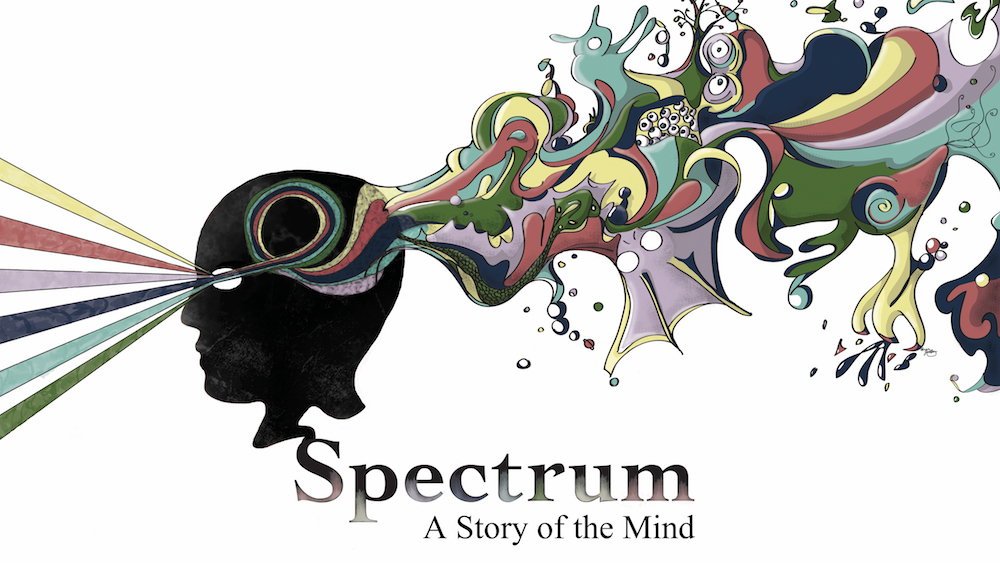 Sensory Perception
Sensory Perception
Sensory perception refers to the way our brains process outside information like sound, vision, touch, smell, and taste. Listening to individual experiences is a great way to understand sensory issues.
Dr. Temple Grandin, a professor and subject of an award-winning film about her life with autism, breaks down her sensory experience: “Autism and sensory issues often go together. Almost everybody with autism has some degree of sensory issues. My sensory issues have always been auditory and touch. When I was little I couldn’t tolerate being hugged. It felt like a tidal wave of stimulation washing over me.”
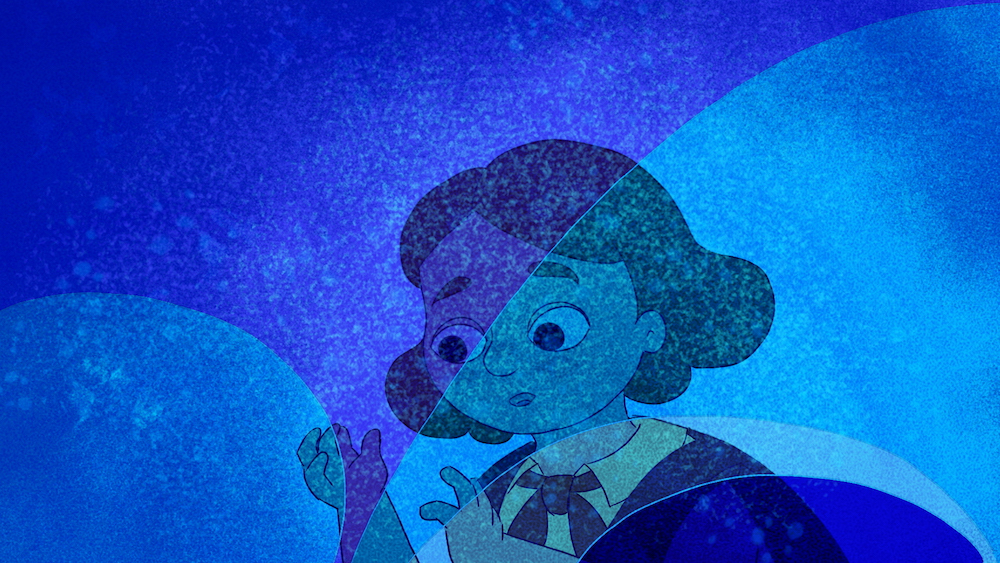
Both children and adults on the spectrum may experience sensory issues. Temple Grandin explains her feelings about growing up with sound sensitivity: “The worst sounds when I was a child were balloons popping, school bells ringing, and firecrackers- things like that. Really sudden loud noises.” Sensory overload may cause kids to feel upset or to have meltdowns. By understanding the inner sensory issues, we can better understand behavior.
Research on sensory issues is just beginning. It is difficult to measure a person’s internal state and way of seeing the world. Temple Grandin emphasizes that “sensory issues are on the top of her research agenda.”
Visualizing Sensory Overload
Artist Judy Endow paints to portray her unique sensory perceptions. She depicts eye contact as a factor in her own sensory overload: “Sometimes eye contact is painful. Sometimes it’s very distracting and I cannot focus on what a person is saying if I also look at them at the same time. And so you can kind of see information falling out of the eyes onto the little girl like a bombardment.”
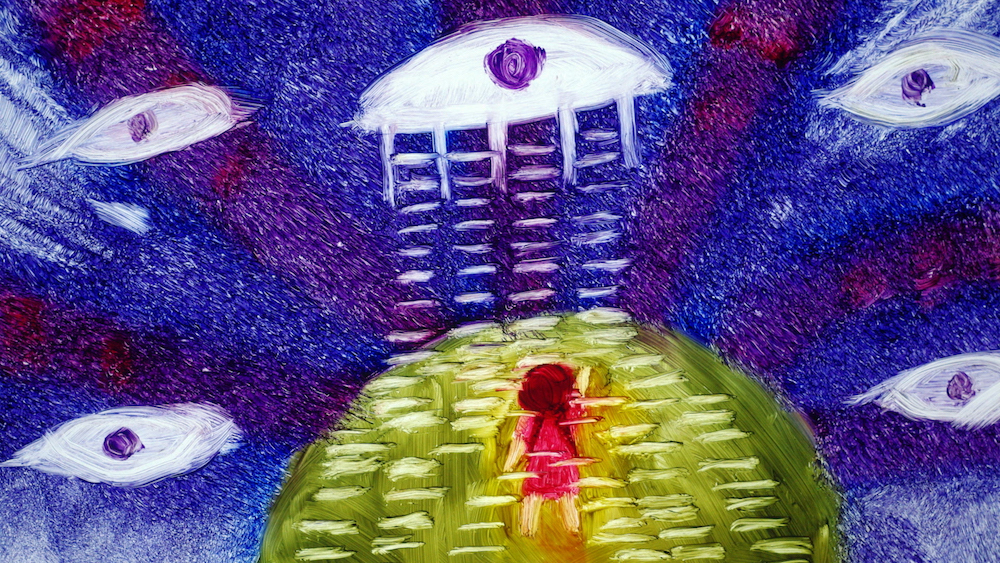
The Value of Seeing the World Differently
Martial Artist, Nick Walker, is an expert in Aikido. He has used his way of seeing light and motion to become an expert in his field: “You have this moment in aikido where someone grabs my wrist and their contact with me is a wave of energy and sensation and I can ride that and follow it. And of course, I've learned to take that into an aikido technique.”
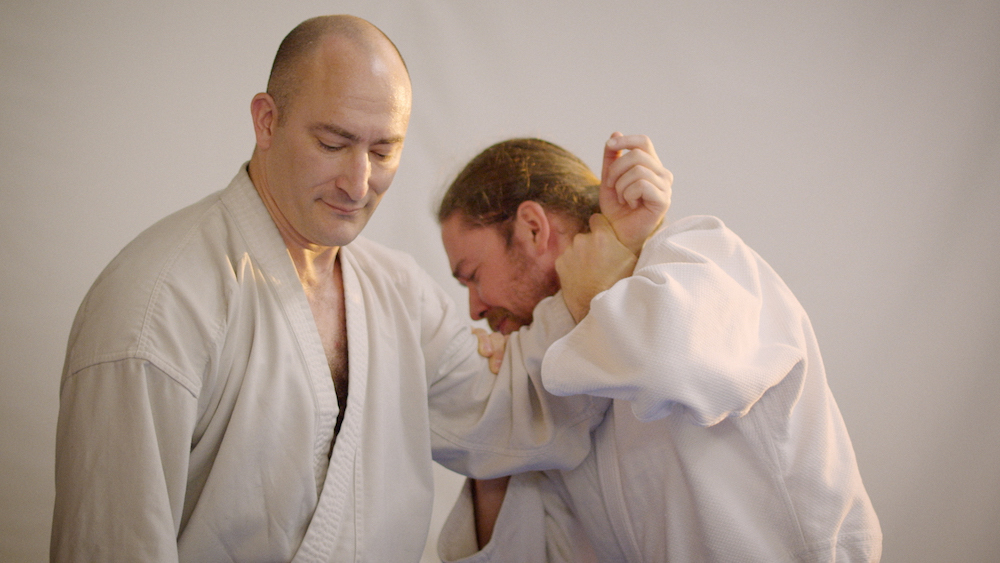
Nick Walker is an advocate for understanding neurodiversity: “Autism is not a disorder. It’s not a way of being broken. I have a unique way of seeing things. I have a unique set of perceptions.” How can perceiving the world differently be a valuable point of view?
Creating a Sensory-Friendly Environment
Teachers, parents, and organization leaders play an important role in accommodating sensory issues in schools and community settings.
Iowa Public Television (IPTV) produced a short educational segment to accompany the Iowa broadcast of Spectrum. IPTV spoke with the Autism Society of Iowa Executive Director, Kris Steinmetz, and Former Lieutenant Governor of Iowa, Sally Pederson, who has helped establish programs that benefit people on the spectrum. Pederson describes sensory accommodations for her son: “My son works in an office and he is sensitive to the sounds around him, even it might be someone in another cubicle next door who might be humming. So he wears headphones and listens to his iPod while he works and that is just a simple accommodation, the other people in the office don't mind, and it allows him to focus on his work.”
Steinmetz also found a way to respond to her child’s sensory needs: “My daughter always likes textures. And so if she wants to sit down, she always likes to have a blanket on her, something that is heavier and something that she can always feel and she's very calm during those times. And so sometimes even on long car rides we know to always accommodate her in that way as well.”
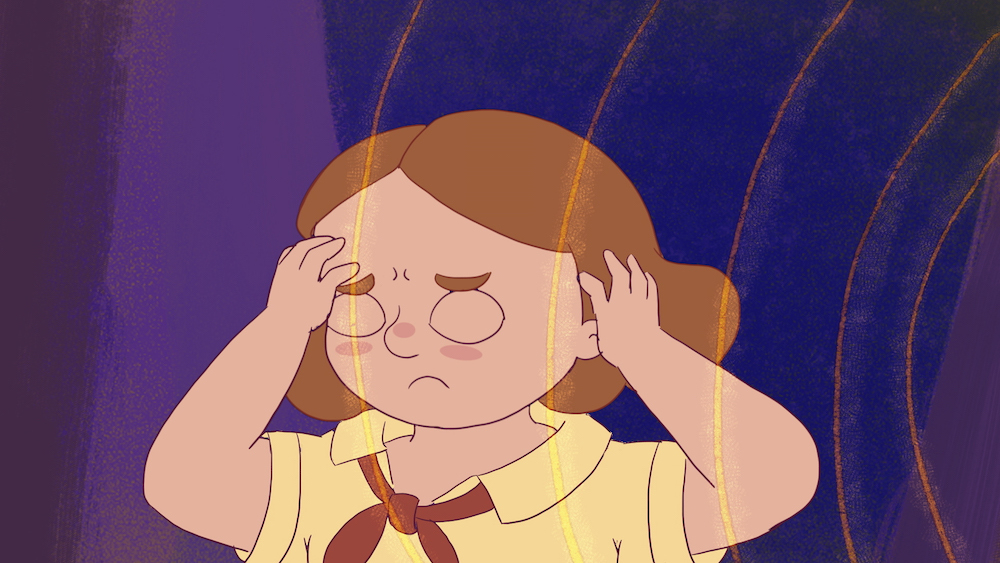
Spectrum: A Story of the Mind asks thoughtful questions: how can we empathize with people who have autism and sensory issues? How can we design a sensory-friendly world? Spectrum opens the door to understanding autism with a fresh perspective.
Spectrum: A Story of the Mind premiered on PBS in April 2017, it will be replayed this year. Check your local listings or watch clips here. The filmmaker, Jill Jones, created the film as a way to advocate for her cousin, Grant. Follow Jill’s work on social media at @nanuqoriginal.
Join the PBS Teachers Community
Stay up to date on the latest blog posts, content, tools, and more from PBS Education!



